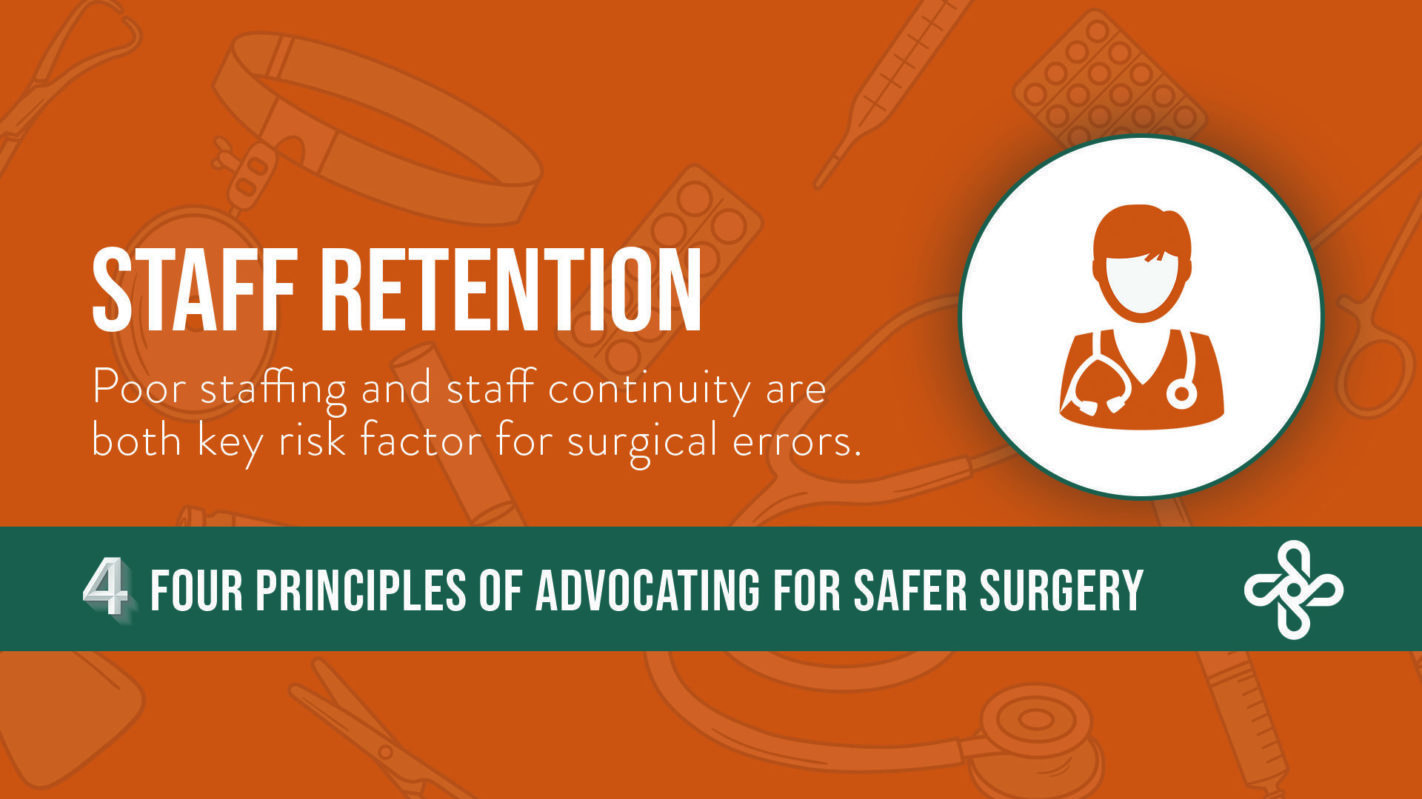
April 21, 2017
Perfusion is an integral part of your hospital’s cardiovascular care program, but the overhead costs and administrative burden of maintaining and managing a team of reliable perfusionists with advanced skills can pose challenges for program administrators. It can be easy, however, to overlook both the indirect costs and benefits of clinical services. So, whether your perfusion is handled in-house or outsourced, we’ve developed a new guide, The Real Spend of Your Perfusion Program: Twelve Tips to Discover the True Value, to help you evaluate your program and any changes that you might be considering.
 What does my in-house perfusion program really cost?
What does my in-house perfusion program really cost?
Expenses for an in-house program include the direct costs of salaries, benefits, expenses, and call pay, as well as the indirect costs of human resources and managerial oversight, including recruitment, scheduling, and other activities. Other significant items to consider:
- Capital equipment has both upfront and ongoing costs. Be sure to factor in the cost of repair, maintenance, and cleaning—including the clinical and financial costs of any issues with hospital-acquired infections.
- Determine not only the cost of case supplies but also how well your inventory is managed. Expense hides in unnecessary waste.
- Conduct a fair market assessment to ensure service fees are competitive and aligned with other services in the area.
Are the perfusionists current on best practices?
Keeping current on best practices requires additional time and expense for ongoing training, advanced credentialing, etc. Include these costs in your assessment. Be aware that a reliable perfusion partner will provide skill development and continuing education beyond standard licensing. These additional opportunities may include:
- Ongoing training that meets or exceeds requirements of The Joint Commission
- Paid participation at conferences and networking events
- Mentoring programs
- Dissemination of independent and group research, publications, and innovations
- Annual skill reviews
In addition to structured training, skills are enhanced by the case types and volumes that perfusionists regularly cover. Are your perfusionists participating in enough procedures with enough variety to stay sharp? How much complexity can your team handle? This is an important benefit to consider when assessing the value of your program.
Are the surgeons happy with our perfusion services?
From the most complex cases to the most routine, your surgeons rely on highly proficient support to promote better outcomes. Perfusionists who successfully engage and exceed surgeons’ expectations also drive surgeon satisfaction, physician retention, and OR volume. Losing top surgeons can significantly impact the bottom line. If you’re thinking about transitioning from in-house to outsourced perfusion, keep in mind that you might be able to add an outside provider and keep your current perfusionists in your OR. This could provide continuity for your surgeons while reducing the additional expenses that come with full-time employees.
Is the team positioned for growth or decline?
With more perfusionists leaving the field than entering it, the nationwide perfusionist shortage makes it both essential and increasingly difficult to attract fresh talent. Hospitals with in-house teams may be strained to cover basic cases when their people need well-earned vacations, and many organizations are making contingency plans for when current staff retire. Your program assessment should include the costs associated with scheduling, including the inability to schedule because of insufficient coverage; lost revenue is costly. Some perfusion partners can offer greater flexibility via a national recruiting network or a pool of traveling perfusionists to help with fluctuating volumes.
Further, consider the viability of offering services related to perfusion. Specialties such as patient blood management, extracorporeal membrane oxygenation (ECMO), destination therapy programs, and intraperitoneal hyperthermia can broaden and deepen the scope of patient care, but staffing for this type of experience and expertise might require an outsourced provider. The opportunity cost should be considered against the needs of your patient population.
Is our perfusion performance backed by data?
As hospitals are increasingly challenged to validate their care quality and maximize reimbursements, it’s essential for perfusion services to provide hospitals with quality reporting and analytics. Perfusion data collection and analysis should give you:
- Data on how the perfusionists and related clinical technicians are performing
- Benchmarking opportunities, from individual surgeons and hospitals to regions and states
- Customization options that allow your hospital to focus on specific areas for improvement
- Insight on clinical techniques and procedures that can be improved or used in conjunction with related programs (e.g., patient blood management) to reduce costs and enhance outcomes
- Research opportunities that drive innovation
Evaluating the cost and value of any hospital or surgical program requires a careful analysis of patient outcomes as well as the direct and indirect costs of care—including the cost of missed opportunities. Before approaching the C-suite with a proposal to change your in-house program or enter into a new partnership with a perfusion provider, commit the time and purposeful conversations needed to be confident in your recommendation. Get started by downloading our new guide to be sure that you’re thoroughly considering all of the costs and benefits as you determine the true value of perfusion services at your organization.
LEARN MORE ABOUT PERFUSION
LEARN MORE ABOUT ECMO



Comments are closed.